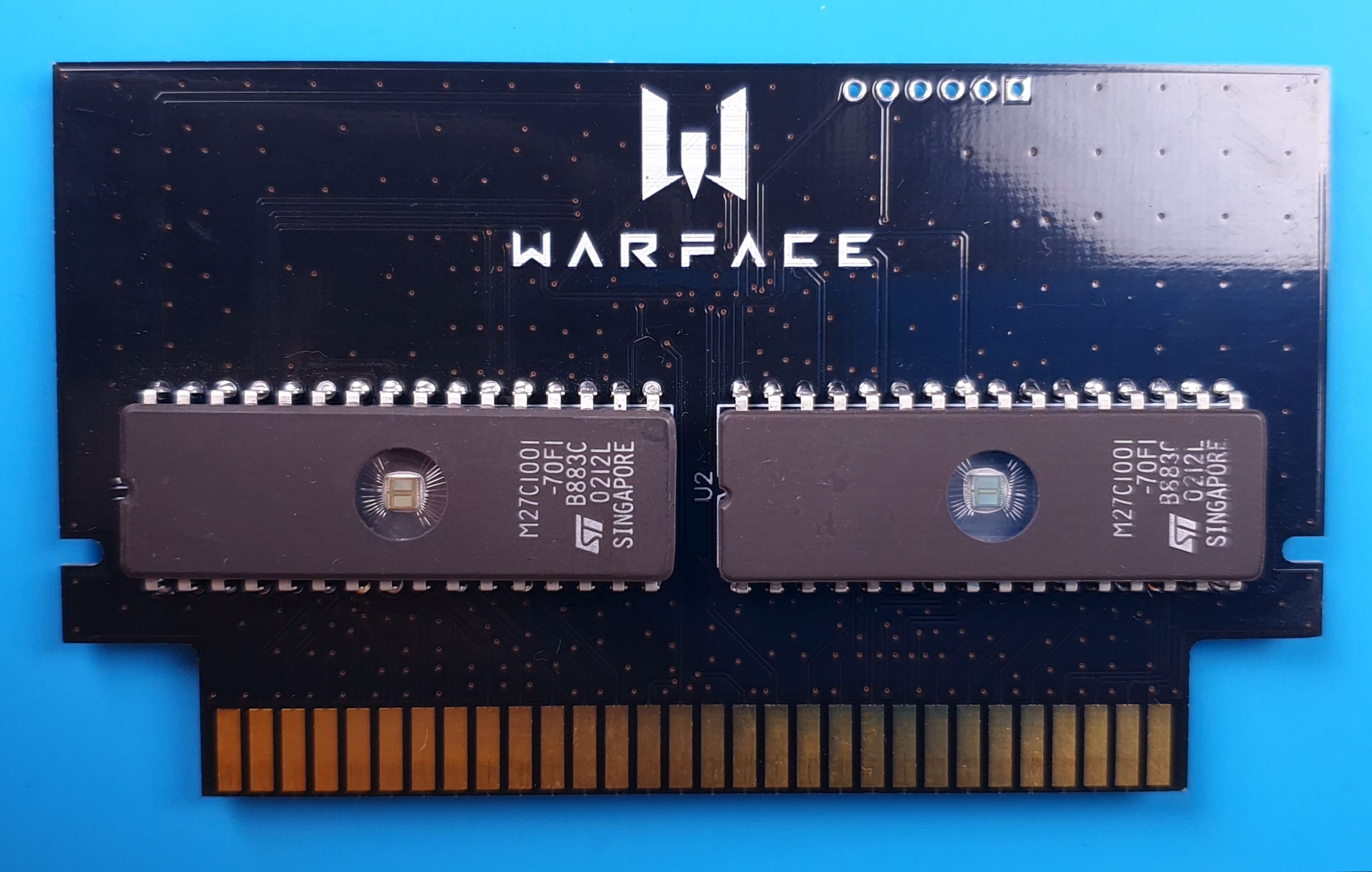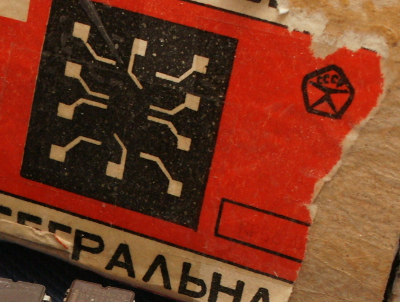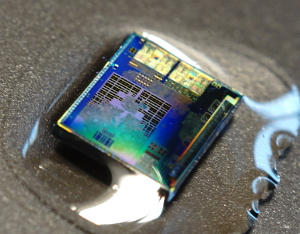У меня был в свое время практикант из Стенфорда, от которого я получил инсайдерскую информацию, чему их там учат. Потом я интервьировал много студентов, и понял, что если человек не делает самостоятельных проектов в вузе, а просто плывет по течению программы как медуза, то будучи выброшенным на берег индустрии, он становится совершенно беспомощным.
Когда я вижу у недавнего выпускника в резюме какой-то из протоколов в котором используется valid/ready, например AXI или AHB, я прошу его спроектировать блок, у которого на входе два числа A и B, а на выходе их сумма. Разумеется не просто написать SUM=A+B, а еще и поставить valid/ready сигналы на каждый из A, B, SUM, чтобы A и B могли приходить в разное время, а также чтобы блок ждал, если SUM не может быть передана другому блоку сразу.
Некоторые не справляются. Грустно смотреть на человека, который потратил 6 лет своей жизни (4 года в бакалавриате и 2 года в магистратуре) и океан денег на образование - и не может сложить два числа и бьется как угорь на сковородке. То блок не работает когда числа приходят в разное время, то создатель забывает снять valid, и блок на 2+2 выдает не 4, а 4-4-4-4-4-4-4... То числа складываются не попарно, а просто записываются в регистры и на выход идет их текущая сумма, хотя количество аргументов A и B не совпадает. То не отрабатывается backpressure и результаты теряются, то (после того как кандидат написал страницу кода на верилоге) блок работает на половинной производительности, то есть не может принимать поток чисел подряд, а ожидает между ними пропуски (gaps). Короче ведет себя как ChatGPT.





 Рад сообщить, что реверс-инжениринг
Рад сообщить, что реверс-инжениринг 


 Думаю многие уже слышали про реализованный московскими разработчиками
Думаю многие уже слышали про реализованный московскими разработчиками 






